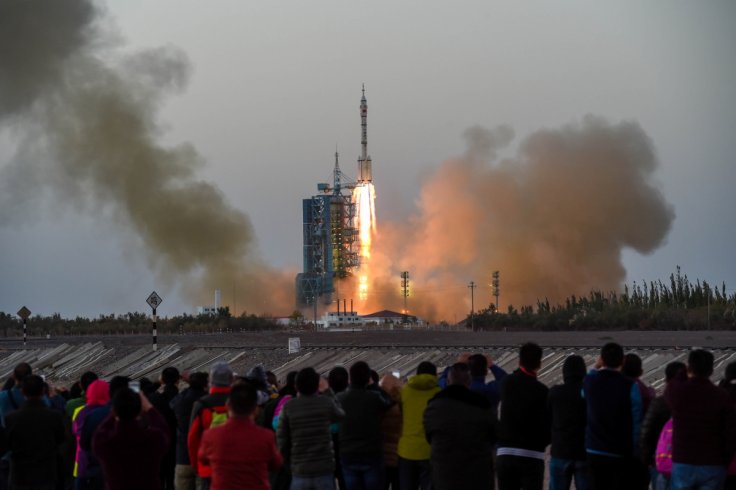
July 2018 was a real treat for both amateurs as well as professional astronomers. Planets made their closest approaches to Earth in decades and were visible to the naked eye. Then, there was a brilliant blood Moon, the longest this century.
Along with this theme, the European Space Agency (ESA) just released an image that perfectly encapsulates the future of space exploration for not only the ESA but also NASA and the rest of the world.
The image has a great view of the Moon in mid-eclipse, Mars being the second brightest object in the sky as well as the fast-moving International Space Station (ISS) streaking by. This image with all three destinations seen together in this image was taken near Mount Remarkable National Park about 250 km north of Adelaide, Australia, according to ESA.
It might seem like the Moon is not much of a target for human exploration, considering how space agencies everywhere are seriously considering either landing on Mars or even going beyond it. Truth is that the Moon is the prime target of NASA after the Trump administration reworked the plan from putting people on Mars to the Moon. NASA, according to the report by ESA, is working on a lunar gateway. The Orion spacecraft under construction in collaboration with partner space agencies are looking to send humans back to the Moon after over 45 years.
The second bright spot in the picture, about 10 o'clock from the Moon is the planet Mars. Mars has was about 57.6 million kilometres from Earth at its closest point last weekend. The red planet won't be this close to Earth till September 2035, NASA said.
Mars is most definitely the next target for human exploration. Agencies are rushing to land a number of Mars landers, explorers, rovers and even humans. NASA's InSight, for example, is on its way to Mars, and it is expected to land there by November.
ESA will also be sending its own probes to search for life on the Martian surface with the ExoMars rover. The European Space Agency is even looking at missions that bring back Martian soil.
The International Space Station is the long streak across the sky in the image. It is the only real habitation capsule that humans have even built in space. Orbiting at an altitude of about 400 km, it circles Earth every 90 minutes.
The image was captured by Andrew Wall, notes the ESA. Along the path of the ISS, simply knowing where to look in the sky so looking up at the right time and place allows for some beautiful views. This image just happened to have three prominent objects in the same frame.
Speaking of the photograph Wall said that he initially had the idea of having Mount Remarkable in an image with the eclipsed moon but it was not until about a day or so before the eclipse that he found out that the Space Station would be passing by, just above the Moon and Mars at 06:40 local time, "a great opportunity to get them all together".
"Seconds before clearing the lens with my jumper, the Space Station came into view, so it was a rush to focus and start taking images. I took a series of exposures only a few seconds long since the sky was already getting brighter. It was over as quickly as it began, as the Station continued on its journey."
The final image was post-processed and the stars were all masked notes the report, with Moon and Mars clearly visible, then using the first frame of the Space Station pass as a reference. The Moon was reportedly shot at exactly the same time from both a telescope camera and was then aligned to the same size and location of Mars in the other images. The report points out that the scale and position are precise, but the images are stacked for better focus and effect.









